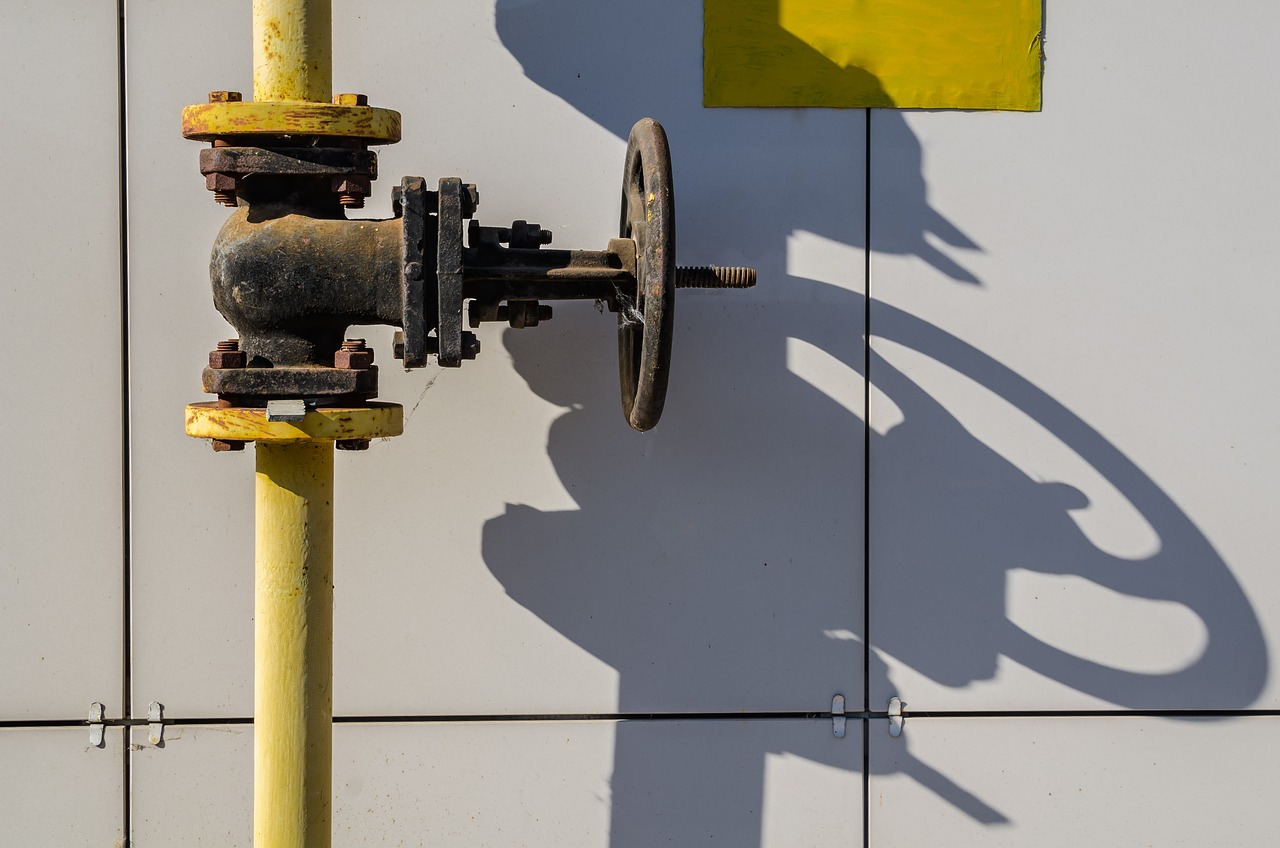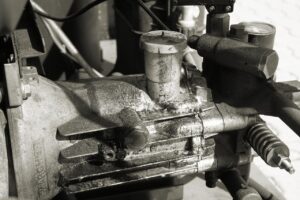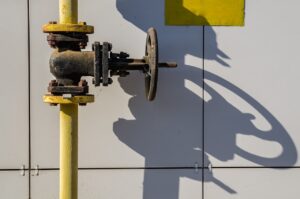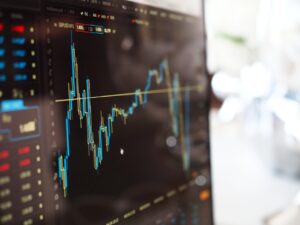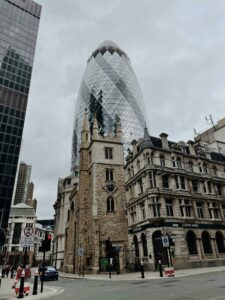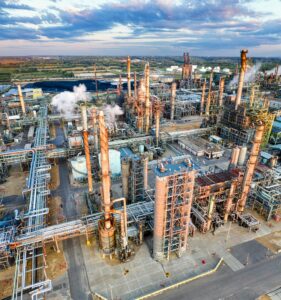Safety design in the oil and gas industry is crucial for protecting lives, preserving the environment, and ensuring operational efficiency. As one of the most high-risk sectors globally, oil and gas facilities require meticulous planning and engineering to minimize hazards and prevent accidents. Safety design encompasses a range of strategies, systems, and protocols to address the inherent risks associated with exploration, production, and transportation processes.
Ensuring Worker Safety
One of the primary goals of safety design in the oil and gas industry is to safeguard workers. Oil and gas facilities often operate in harsh and hazardous environments, such as offshore rigs, deep-water drilling sites, and remote onshore locations. The design of these facilities must account for a wide range of potential risks, including fires, explosions, toxic leaks, and equipment failures. Key measures include the implementation of robust evacuation systems, fire suppression technologies, and the use of fail-safe equipment. Additionally, the layout of the facility must be designed to allow easy access to emergency exits, first aid stations, and safety equipment.
Environmental Protection
Another critical concern in safety design is environmental protection. The oil and gas industry has the potential to cause significant harm to ecosystems through oil spills, gas leaks, and chemical contamination. Safety design protocols focus on preventing such incidents by integrating containment systems, spill barriers, and early detection sensors for leaks. In offshore oil platforms, for example, the installation of blowout preventers (BOPs) and leak detection systems is vital to control well pressures and avoid catastrophic failures. Furthermore, safety measures include continuous monitoring and automated shut-off systems that can prevent or mitigate the impact of environmental accidents.
Compliance with Regulations
Safety design in the oil and gas industry is heavily influenced by national and international regulations. Governments and regulatory bodies impose strict safety standards to reduce the risk of accidents and ensure operational integrity. Design engineers must be well-versed in these regulations to ensure that their designs comply with industry standards such as the American Petroleum Institute (API) standards or the International Maritime Organization (IMO) guidelines for offshore safety. Non-compliance can lead to fines, legal liabilities, and damage to the company’s reputation.
Cost-Effectiveness and Risk Management
Effective safety design is not only about minimizing risks but also about managing costs. Implementing robust safety systems early in the design process can significantly reduce long-term operational expenses by preventing accidents and avoiding costly downtime. Furthermore, risk management strategies, such as hazard analysis and safety audits, help identify potential weaknesses and areas for improvement in facility design. A comprehensive safety plan can ultimately lead to a more sustainable and profitable operation, reducing both the likelihood and the consequences of an incident.
Conclusion
Safety design is a vital aspect of the oil and gas industry, addressing the challenges posed by hazardous work environments and the risk of environmental damage. By prioritizing worker safety, environmental protection, regulatory compliance, and cost-effectiveness, the oil and gas sector can operate more efficiently and securely. Ultimately, a well-designed safety system can save lives, protect ecosystems, and ensure the long-term success of oil and gas operations.
Vous avez dit :
ChatGPT a dit :
The Importance of Safety Design in the Oil and Gas Industry
Safety design in the oil and gas industry is paramount due to the sector’s inherently hazardous nature. With complex processes that involve drilling, refining, and transporting volatile substances, ensuring the safety of personnel, the environment, and assets is essential. Safety design involves the integration of systems, technologies, and protocols that mitigate risks and prevent accidents. This article delves deeper into the technical aspects of safety design in the oil and gas sector, focusing on worker protection, environmental risk mitigation, regulatory compliance, and overall system reliability.
Worker Safety: Engineering for Hazard Prevention
In oil and gas operations, the protection of workers is the foremost concern. The design of a facility must address a wide variety of potential hazards, including fire, explosion, toxic gas exposure, and mechanical failure. The application of safety design principles begins with assessing these risks and creating systems to prevent them.
- Fire and Explosion Prevention: Facilities are often equipped with explosion-proof equipment, such as electrical systems and motors designed to prevent sparks. Intrinsic safety design principles are applied to ensure that any electrical components cannot produce enough energy to ignite flammable gases. Additionally, fire suppression systems such as water deluge systems, foam systems, and gas suppression systems are integrated into the design to quickly extinguish fires before they escalate.
- Emergency Evacuation and Escape Routes: Safety design includes a comprehensive approach to emergency evacuation. Escape routes are designed to minimize risk during an emergency, with clear signage and lighting. The layout of the facility ensures easy access to lifeboats, escape slides, or safe zones in the event of an emergency. Evacuation drills are frequently performed to ensure workers are familiar with emergency procedures.
- Personal Protective Equipment (PPE): The design also involves specifying the right types of PPE for workers, including flame-resistant clothing, respirators, and safety harnesses, depending on the nature of the work and its associated risks.
Environmental Protection: Safeguarding Ecosystems
The oil and gas industry is highly scrutinized for its potential impact on the environment. Safety design plays a significant role in reducing risks such as oil spills, gas leaks, and chemical contamination, which could have disastrous consequences for local ecosystems and communities. Technical measures are employed to prevent and contain such incidents:
- Blowout Preventers (BOPs): A critical safety feature on offshore rigs, BOPs are designed to control the pressure in a well and prevent the uncontrolled release of oil and gas. These systems include mechanical, hydraulic, and electrical components to seal the well in case of a blowout, significantly reducing the risk of catastrophic events.
- Containment and Spill Response: Safety designs incorporate secondary containment systems like bunded areas and spill barriers to prevent leaks from reaching the environment. Oil and gas storage tanks are surrounded by containment dikes to prevent spills from spreading. Additionally, advanced leak detection systems using infrared sensors, acoustic sensors, or fiber optic cables are employed to identify minute leaks before they escalate.
- Real-time Monitoring Systems: Safety designs include automated monitoring systems that continuously track vital parameters like pressure, temperature, and gas composition. These systems trigger automatic shutdowns or alerts to prevent dangerous situations. For example, a continuous gas detection system can quickly identify hazardous leaks, activating emergency protocols to minimize risks.
Compliance with Industry Standards and Regulations
Safety design in the oil and gas sector is governed by a set of stringent standards and regulations, both local and international. Regulatory bodies such as the Occupational Safety and Health Administration (OSHA), the American Petroleum Institute (API), and the International Maritime Organization (IMO) set out specific safety guidelines for design and operation.
- Risk-Based Design: A key approach in safety design is risk-based design, where safety features are tailored based on a thorough risk assessment. This assessment evaluates the likelihood and potential consequences of different hazards, ensuring that the design accounts for the most significant risks. For instance, offshore platforms must meet IMO standards to ensure structural integrity in harsh conditions, such as high winds and waves.
- Safety Integrity Levels (SILs): SILs are used to define the required level of safety for a particular system, ranging from SIL 1 (low safety requirement) to SIL 4 (high safety requirement). These levels are based on the probability of failure of a system and the severity of the consequences if that failure occurs. Engineers use these levels to design control systems, alarms, and shutdown mechanisms that meet the necessary reliability standards.
System Reliability and Risk Management
Safety design is not only about preventing accidents but also about ensuring the long-term reliability of the system. Effective risk management involves identifying, analyzing, and mitigating potential risks throughout the lifecycle of an oil and gas facility.
- Fail-Safe Systems: Critical systems, such as blowout preventers or emergency shutdown systems, are designed to be fail-safe. These systems are equipped with redundancies, so if one part fails, others can take over to ensure continued safety. For example, hydraulic systems on offshore platforms may have backup power supplies to ensure they function during a power loss.
- Automated Shutdowns and Control Systems: Many oil and gas facilities employ automatic shutdown systems that activate in the event of an emergency. For example, if pressure sensors detect an anomaly, the system can automatically close valves to prevent an over-pressurized pipeline from rupturing.
- Regular Safety Audits and Maintenance: Regular inspections, safety audits, and preventative maintenance programs are integral parts of the design process. These activities help identify weaknesses in the system, ensuring that equipment remains in top condition and adheres to safety standards over time.
Conclusion
Safety design in the oil and gas industry is an intricate and multi-disciplinary process that demands constant attention to detail and innovation. By employing advanced technologies, adhering to regulatory standards, and adopting a proactive approach to risk management, safety design ensures the protection of workers, the environment, and the overall success of operations. As the industry continues to evolve, the integration of newer technologies such as artificial intelligence and machine learning will further enhance safety measures, making the oil and gas sector safer for all involved.
